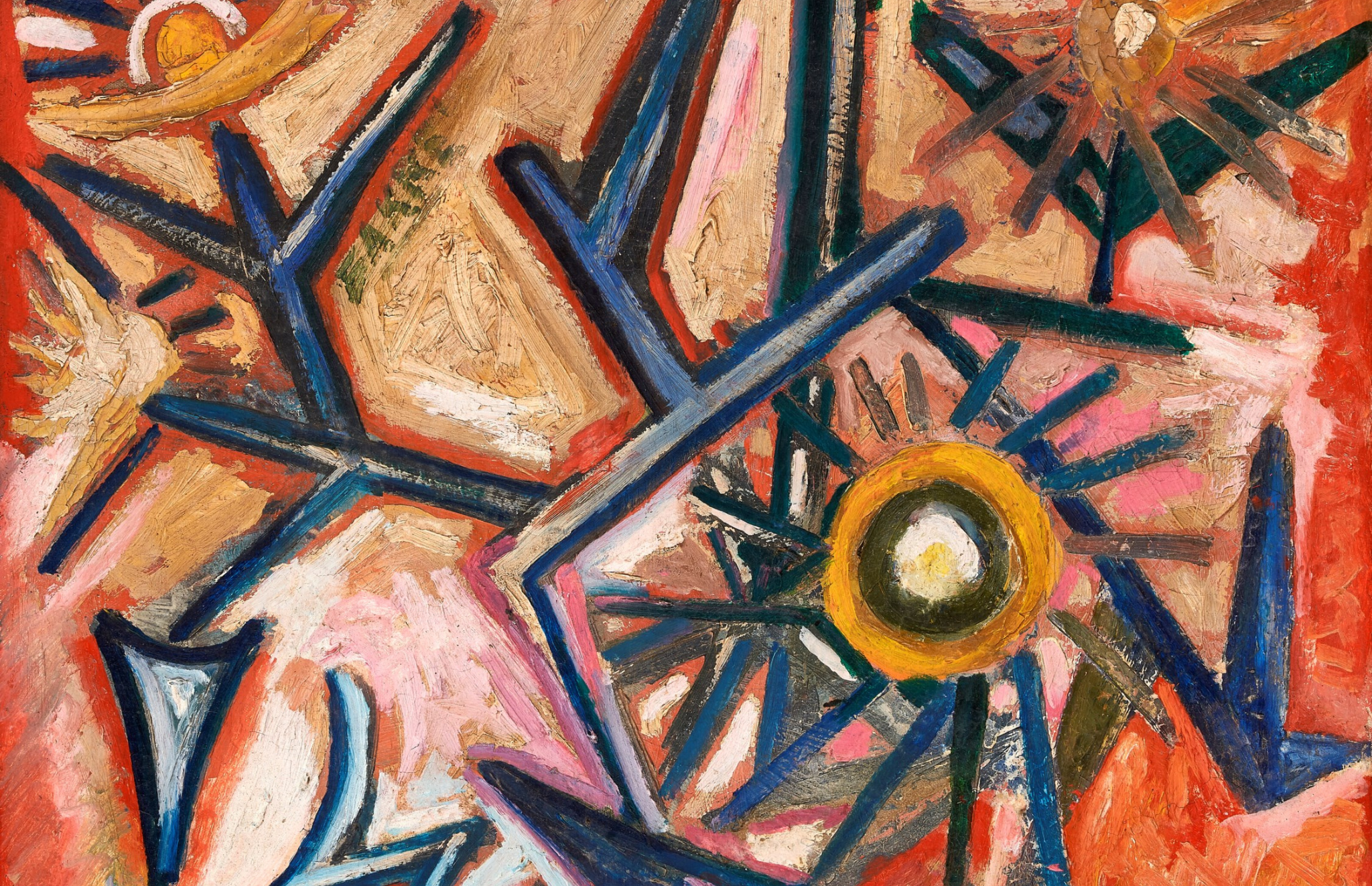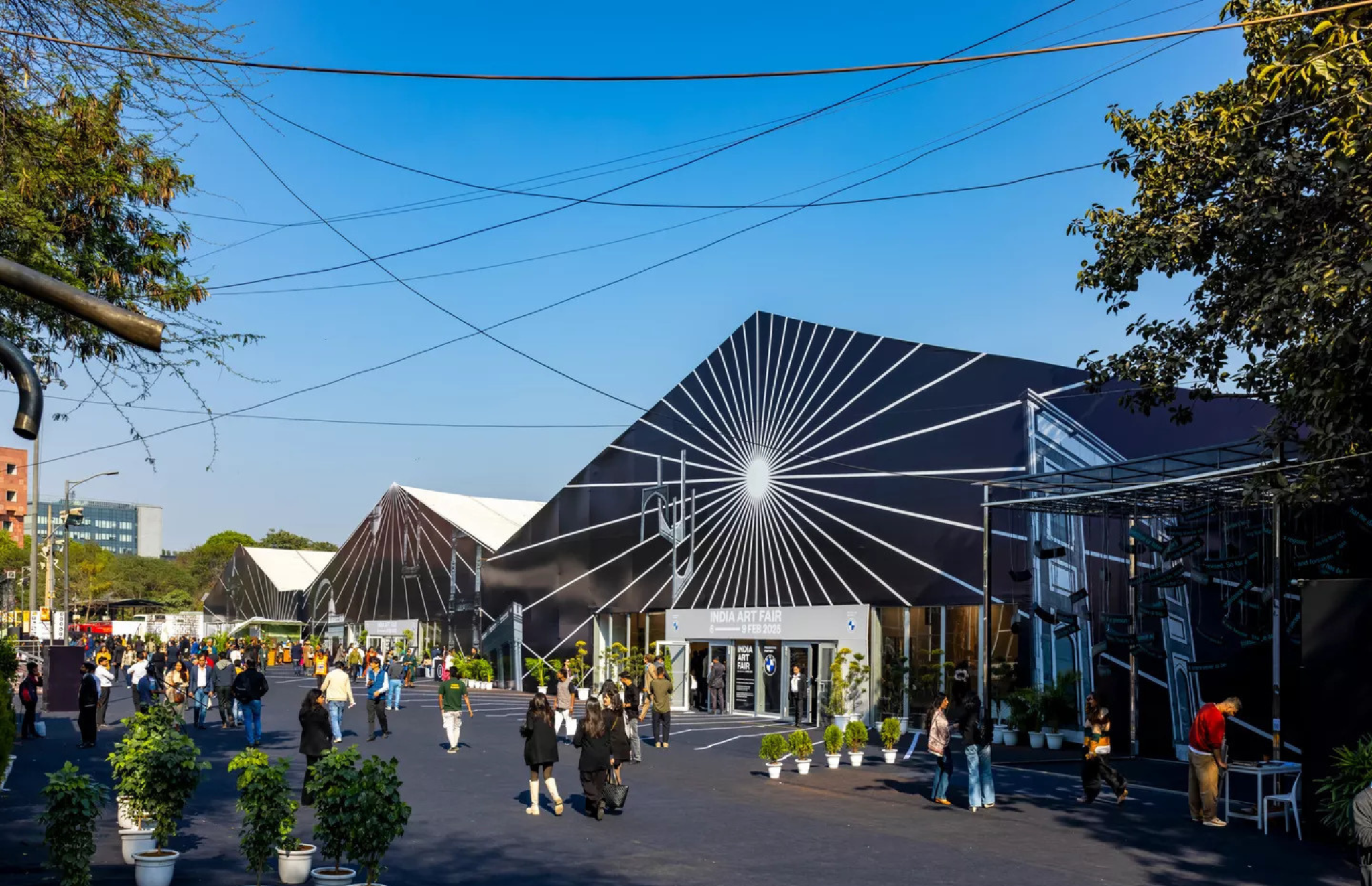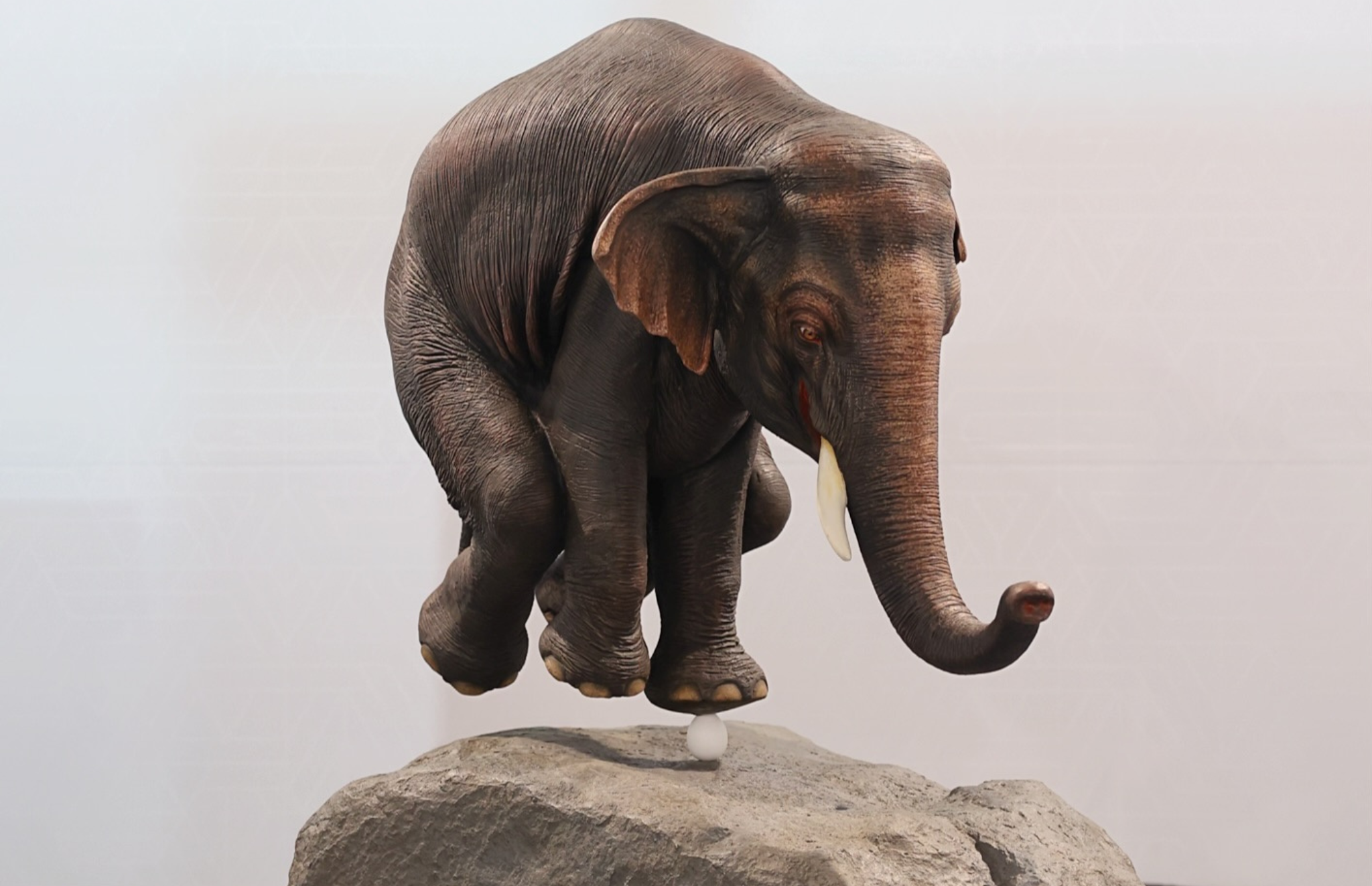REDEFINING ART EXPERIENCES: PICASSO AND BLANCHARD EXHIBITIONS AT MUSEO PICASSO MÁLAGA
For those enchanted by the art world, a visit to Málaga is a journey into a vibrant tapestry of creativity and history. At the heart of this artistic haven lies the Museo Picasso Málaga — a treasure trove of masterpieces that have shaped modern art. Currently, it is hosting two compelling exhibitions that excavate the profound legacies of two pioneering artists.

Image Courtesy: Fundación Almine y Bernard Ruiz-Picasso, Madrid © FABA
Photo courtesy: Éric Baudouin © Succession Pablo Picasso, VEGAP, Madrid, 2024
“Pablo Picasso: Structures of Invention. The Unity of a Life’s Work,” curated by Michael Fitzgerald, delves into the cohesive and interconnected nature of Picasso’s work over his lifetime. The exhibit allows visitors to explore Picasso’s experimental genius. Simultaneously, “María Blanchard: A Painter in Spite of Cubism,” curated by Jose Lebrero Stals, is her third retrospective at the gallery. The exhibit explores the perseverance and creativity behind Blanchard’s revolutionary artistic journey. This exhibit will provide an in-depth look at Blanchard’s unique contributions to the art world, and offer a poignant contrast to Picasso’s celebrated and engraved oeuvre.
Pablo Picasso: Structures of Invention, The Unity of a Life’s Work
March 18, 2024 – March 21, 2027
“When we discovered Cubism, we did not have the aim of discovering Cubism. We only wanted to express what was in us.” — Pablo Picasso

Image Courtesy: Museo Picasso Málaga. Gift of Bernard Ruiz-Picasso
Photo courtesy: Photo: Rafael Lobato © Museo Picasso Málaga © Succession Pablo Picasso, VEGAP, Madrid, 2024
The Museo Picasso Málaga stands as a testament to architectural ingenuity and artistic heritage. It houses a collection that spans Picasso’s entire career, founded to honour Málaga’s most famous son. The museum’s permanent collection, enriched by notable pieces from each stage of Picasso’s creative journey, provides a comprehensive view of his evolution as an artist. Michael Fitzgerald curated this exhibition in collaboration with the Fundacion Alminey Bernard Ruiz-Picasso, (FABA). The exhibit is sure to redefine our understanding of Picasso’s legacy in this seventh transformation of the museum — marking a radical departure from conventional period-based categorisations of Picasso’s work.

Image Courtesy: Fundación Almine y Bernard Ruiz-Picasso para el Arte. On temporary deposit at the Museo Picasso Málaga FABA
Photo courtesy: Photo: Marc Domage Sucesión Pablo Picasso, VEGAP, Madrid, 2017
The first gallery introduces visitors to this concept by showcasing artworks from the late 1890s and 1970s, illustrating how Picasso’s artistic evolution was marked by consistent innovation and development. Galleries of the museum focus on how Picasso revolutionised art and holds a testament of his renovating and bringing fresh perspectives and techniques that left a lasting impact on the art world and influenced the course of art history.
The Museo Picasso is bringing to the global audience a chance to witness what can only be considered the finest of Picasso’s creations which comprises three oil paintings, a sculpture, a ceramic piece, three drawings, and two sketchbooks. Notable paintings in the collection that are being displayed for the first time in Spain include, “Paul (The Artist’s Son)” from 1922, in an introspective pose, “Head of a Woman” from 1928, the sculpture “Woman leaning on her Elbow” from 1933, and a Spanish dish decorated with a bull’s head from 1957.
The gallery also includes “Portrait of Olga” (1923) the portrait of the artist’s wife which is one among the 225 artworks that the artist himself picked in his first personally curated retrospective, a work which is hung on the ‘family wall’ that marks Picasso’s exploration of personal themes.

Image Courtesy: Museo Picasso Málaga. On deposit from the Ministry of Culture
Among the monumental works is “The Three Graces” (1925), where the figures are typically full of vitality, are presented in a more restrained, almost statuesque manner. This piece reflects his ability to imbue traditional subjects with a modernist sensibility, challenging viewers to reconsider their preconceptions.
Visitors encounter his late years, surrealist and expressionist work “Lying Naked Woman (The Voyeurs)” (1955), “Musketeer with Sword” (1972), illustrating his groundbreaking approach to form and perspective. Picasso’s life and career are chronicled in the exhibit, which commences and concludes with artworks from 1895 to 1972.
Apart from this, Five “Focus exhibitions”, each focused on significant facets of Picasso’s artistic development, organised by research scholars, are also on display. These concentrated exhibits give viewers new insights into his work and a more in-depth understanding that talks about his relation with “African Sculptures”.
Picasso’s artistic excellence is not only restricted to originality but also encompasses being able to stimulate emotions and ideas which is perfectly portrayed by his artworks that have solidified his status as one of the twentieth century’s finest artists.

Image Courtesy: Museo Picasso Málaga
María Blanchard: A Painter in Spite of Cubism
30 Apr 2024 – 29 Sep 2024
Women artists dating back to history have always been overlooked by their male contemporaries. They either worked anonymously and often got unregistered.
We have several names — be it Artemisia Gentileschi, Mary Cassatt, Sofonisba Anguissola or be it the writer Linda Nochlin in her essay: “Why have there been no great women artists?” Specifically, questioning about such a biased attitude in the art world.

Image Courtesy: Paris Musées/Musée d’Art Moderne de la Ville de Paris
María Blanchard, being among such women of artistic intelligence, was not given the recognition she deserved, yet her artistic language wrote a history, which the Museo Picasso Málaga is hosting in the meanwhile.
Curated by Jose Lebrero Stals, the museum’s latest exhibition is running until September 29th, 2024. The Palacio de Buena Vistara galleries unfold the truth, which is a treat to the audience witnessing the canvases of María Blanchard, with 85 compelling art pieces that map her rise within the Cubist art movement.
Blanchard broke conventions, being the first woman in Spain ever to comprehensively embrace Cubism in an era dominated by male voices, resonating with the audacity that defied the norms of the early 20th century art scenes.
The exhibition unfolds chronologically, inviting viewers to witness Blanchard’s artistic evolution from her Cubist, oil on canvas “Lady with a Fan” (1916), to her pastel portraits, “Woman from Brittany” (1930), steeped in Expressionist style.

Image courtesy: Belén Pereda
Loaned from the Museo Nacional Centro de Arte Reina Sofia in Spain, is Blanchard’s iconic oil on canvas “Girl at Her First Communion” (1914), a La Boulonnaise (1923) along with a collage piece, “Cubist composition” from (1919), serves as the centrepiece of her “third retrospective,” which is exhibited for the first time outside UK exemplifying geometric abstraction to dismantle form and reinterpret reality, showcasing her mastery in imparting depth to the Cubist aesthetic.

Image Courtesy: Association Des Amis du Petit Palais, Geneva Studio Monique Bernaz, Geneva
While Blanchard’s journey intersected with Picasso and other giants of the Cubist movement, Blanchard’s echo was very much her own, and her example broke ground along with her art. In life and legacy, she remains a role model for the many generations of women artists who have followed in her footsteps in search of their rightful place in art-history
Visitors to the Museo Picasso, Málaga are not passive bystanders, but active co-authors of the story, told to them by Blanchard, the story about courage, creativity, and fierce craving for the artist’s truth. As her colourful canvases have been dazzling and moving us, the lasting inheritance of a Cubism pioneer, María Blanchard beams high, shining against the dark revealing a brief twinkle and a gritty spirit that wouldn’t fade.

Image courtesy: Shalini Passi
Text by Shalini Passi
Image Courtesy: Fundación Almine y Bernard Ruiz-Picasso, Madrid © FABA, Éric Baudouin © Succession Pablo Picasso, Museo Picasso Málaga, Paris Musées/Musée d’Art Moderne de la Ville de Paris, Belén Pereda, Association Des Amis du Petit Palais, Geneva Studio Monique Bernaz, Geneva, and Shalini Passi
Find out more about Pablo Picasso: Structures of Invention, The Unity of a Life’s Work and María Blanchard: A Painter in Spite of Cubism:
https://www.museopicassomalaga.org/en/exposiciones/pablo-picasso-structures-of-invention
https://www.museopicassomalaga.org/en/exposiciones/maria-blanchard-1





